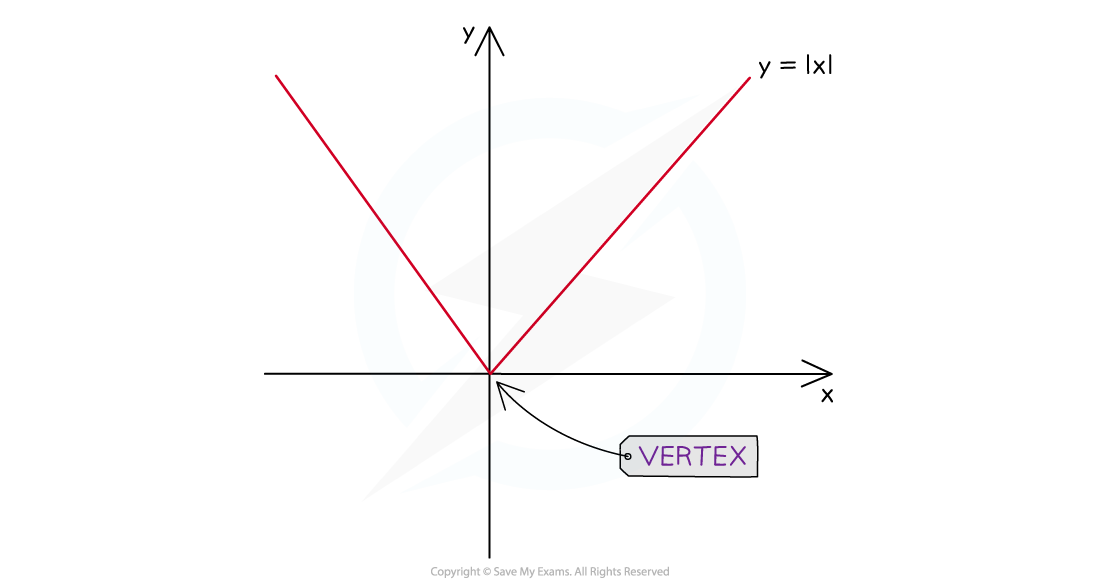Differentiability & Continuity (College Board AP® Calculus AB): Study Guide
Differentiability & continuity
When is a function differentiable?
The derivative of a function is defined as
The derivative only exists if this limit exists
The derivative, if it exists, is itself a function
If a point is not in the domain of
then it cannot be in the domain of
This means
will not be differentiable at points where there is a vertical asymptote
E.g.
is not differentiable at
A differentiable function is one for which its derivative exists at each point in its domain
This means that a function with points at which it is not differentiable can still be made a differentiable function by appropriately restricting its domain
How are differentiability and continuity related?
A function must be continuous at a point to be differentiable at that point
Therefore if a function is differentiable at a point, then it is continuous at that point
And if a function is not continuous at a point, then it is not differentiable at that point
However, if a function is continuous at a point, it is not necessarily differentiable at that point
A continuous function may contain a point at which it is not differentiable
E.g.
is continuous at
, but it is not differentiable at
Examiner Tips and Tricks
Exam questions often state that a function is differentiable, and expect you to know (and use the fact) that this automatically means the function is continuous as well
If a function is said to be twice differentiable, this means that the function's derivative is also continuous!
How can I show a function is not differentiable at a point?
If a function is not continuous at a point, then it is not differentiable at that point
That's the easiest way to show a function is not differentiable at a point!
If a function is continuous at a point, then to show it is not differentiable
you need to go back to the limit definition of the derivative
Recall that the limit of a function does not exist if the function inside the limit
is unbounded at the point in question
oscillates near the point in question
or has unequal one-sided limits at the point in question
Consider the graph of
shown below

At (0, 0),
is not differentiable
To show why, consider the derivative at (0, 0)
Consider the one-sided limit from the left
For
,
So
Consider the one-sided limit from the right
For
,
So
You can also see this visually from the graph
The slope for negative values of
is -1
The slope for positive values of
is 1
The one-sided limits do not agree, therefore the limit
at (0, 0) does not exist
Therefore
is not differentiable at (0, 0)
Examiner Tips and Tricks
If you have to explain why a derivative does not exist at a point where a function is continuous:
use the limit definition of a derivative,
and show that the limit does not exist
Where else might a graph not be differentiable?
If the graph of a function has a point where the tangent to the graph is vertical, then the derivative is undefined at that point
E.g. at
on the graph of
The limit in the limit definition of the derivative would become unbounded at such a point

Worked Example
Let be the function defined by
for all
. Which of the following statements is true?
(A) is a vertical asymptote of the graph of
.
(B) is not continuous at
.
(C)
(D) is continuous but not differentiable at
.
Answer:
Consider option (A)
There will be a vertical asymptote if the function becomes unbounded at this point
Check by substituting in
The function has a well-defined value of 0 at , so there is not an asymptote
Consider option (B)
We have already checked the value of the function at and it has a value of 0
The limits from the left and right at are also equal to 0 (see below)
Therefore the function is continuous at
Consider option (C)
Check the one-sided limit from the left using substitution
Check the one-sided limit from the right using substitution
The two one-sided limits agree therefore
Consider option (D)
By elimination the answer is D, but we can also check this by inspecting the graph of
You could use your graphing calculator to do this

It can be seen that there is a cusp at (-6,0) so at this point the function is continuous, but not differentiable
Option (D)

Unlock more, it's free!
Did this page help you?